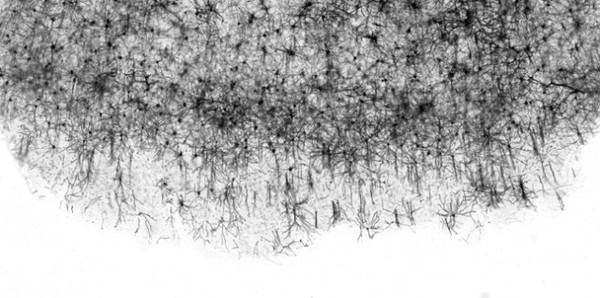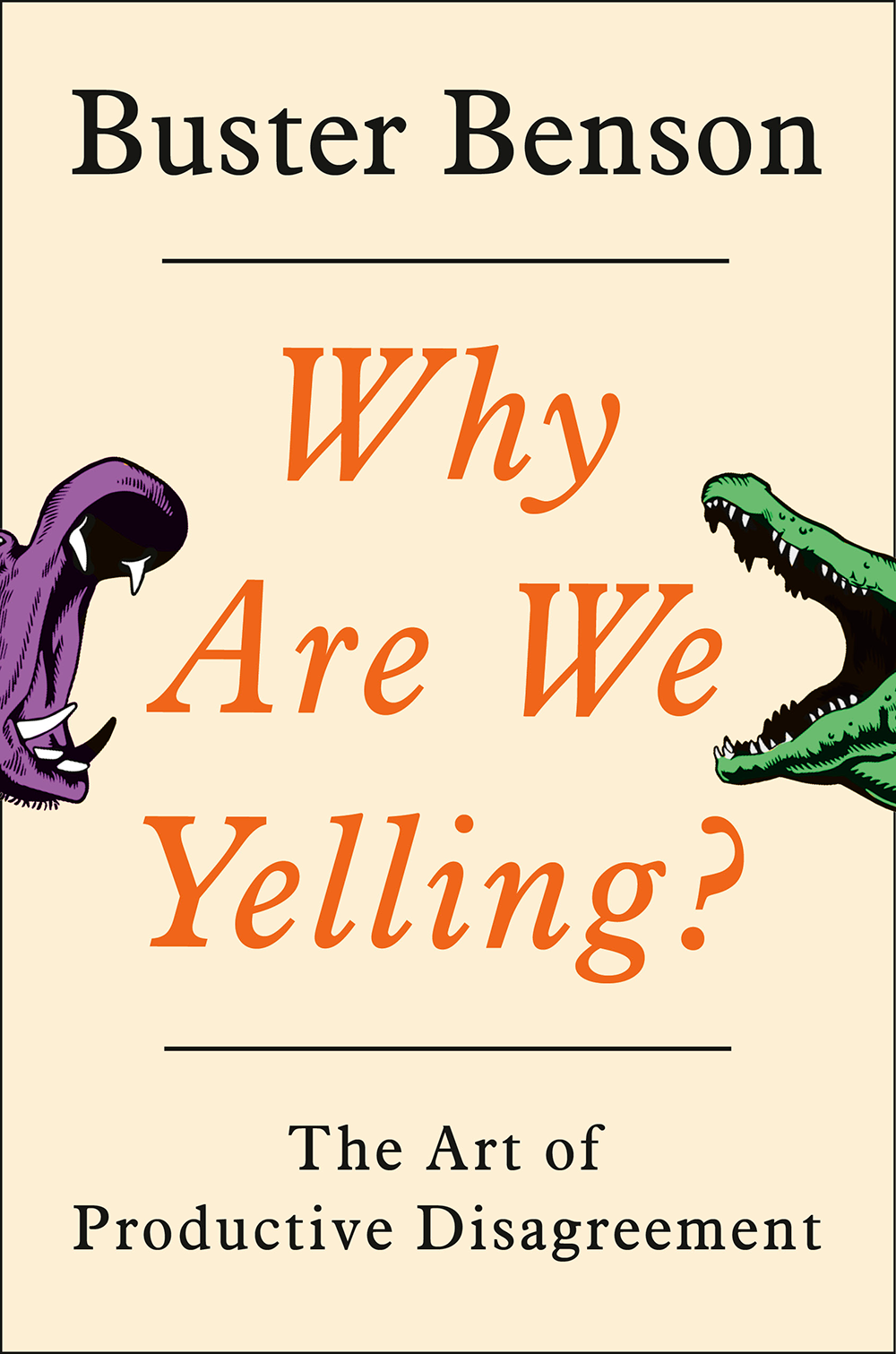Know Thy Umwelt
I find a German word to help me articulate the idea of our internal mental copy of the universe.
Rambling notes on a Sunday afternoon after a sunny bike ride.

Our brains have roughly one hundred billion (100,000,000,000) neurons.
About thirty billion of them 30,000,000,000 belong in our neocortex, the part of our brain that’s unique to mammals, and that are responsible for our ability to recognize, remember, and predict patterns in the world.
A single pattern recognizer in the brain is hypothesized by Ray Kurzweil to be made up of about 100 neurons, which means we have the potential to store roughly three hundred million 300,000,000 patterns in our brain.
A pattern could be something very low level (for example, a pattern that can detect edges), mid-level (a pattern that can detect words), or high level (a pattern that can detect meaning). There are a lot more levels than that obviously, but the interesting thing is that each level is a new pattern made out of simpler patterns below. Edges turn into lines, lines turn into letters, letters turn into words, words turn into meanings, meanings turn into beliefs, beliefs turn into identities.
You could say that we each carry around in our brains a representation of the universe.
The Brain—is wider than the Sky— For—put them side by side— The one the other will contain With ease—and You—beside—
The Brain is deeper than the sea— For—hold them—Blue to Blue— The one the other will absorb— As Sponges—Buckets—do—
The Brain is just the weight of God— For—Heft them—Pound for Pound— And they will differ—if they do— As Syllable from Sound—
– Emily Dickenson
The universe in our brains, however, has a few striking differences than the actual universe outside of our brain. The most obvious difference being that the universe in our brain only requires (at most) fourteen million gigabytes (14 petabytes) to store, whereas the real universe is of course much larger (and includes our brains and the representations of itself in them).
This universe in our brain, the full set of patterns, meanings, symbols, histories, stories, and predictions, is referred to by some as our umwelt.
Our umwelt is our internal model of the universe. When we are born, our umwelt doesn’t include much more than the smell of our mother, light and dark, heart beats, and whatever music our parents were listening to when we were in utero.
When we start to understand how we are separate from our parents, and behave independently of one another, the umwelt shifts to allow for such an understanding.
When we see the sun for the first time, a sun gets added to our umwelt and we learn how to recognize it, correlate it with other patterns we already know (light, warmth, day, outside, etc).
When we learn our first words, the notion of sound patterns being correlated with objects and emotions gets added to our umwelt. Those words then get used to recognize other patterns, and to more quickly absorb data from the outside world that is only encoded in words (written and spoken).
Each of our umwelts are a unique interpretation and model of the universe. There are seven billion (7,000,000,000) human umwelts on the planet, seven billion models of the universe.
We spend a lot of time under the assumption that my umwelt is the same as yours. A good chunk of our umwelt is cordoned off as “common sense” be it the differences between day and night, or how to use an iPad, or proper table manners. Much of “growing up” is about creating an umwelt that can consistently predict how other umwelts will react in different circumstances.
In our umwelt, patterns are lists of other patterns, and are indistinguishable from memories and stories. Each of these things has some of the following qualities:
- They are a list of other patterns, stories, and memories
- When triggered, they increase the likelihood of other patterns, stories, and memories from occurring next, while also decreasing the likelihood of other patterns, stories, and memories.
- They occur in a sequence, and can only be reversed by replaying the same sequence over and over, stopping at earlier points each time.
- We cannot stop patterns, stories, and memories from occurring once they’ve been triggered. We can only try to smash them with other patterns, stories, and memories.
- Patterns, stories, and memories are sequenced patterns that help us better predict the future.
- Each time a pattern, story, or memory gets triggered, it changes the patterns, stories, and memories that triggered it… either strengthening the bond or weakening it (depending on how useful it is in the current situation to predict the next pattern in the line).
Because our umwelts are much smaller than the universe they are designed to model, I wonder if it’s more accurate to think of it as a cartoon of the universe.
Most of the data in the universe is invisible to us. Of the tiny tiny fraction that reaches us in some way or another, even that has to be sifted out. Only data that will help us tell better stories, find better patterns, and create more meaning in our existing umwelt will be stored for later use. Of everything that’s stored, only that which is repeatedly re-accessed will be retrievable.
What remains is a poorly drawn stick-figure drawing of the universe in our minds. Which is, to us, dazzling in its complexity, delightful in its intricacy, wonderous in its expansiveness. A poorly drawn stick-figure, but the only one we will ever know.

Buster Benson (@buster) is a writer and builder of things. If you're new here, check the about page or see my entire life on a page.
Join my newsletter to get updates about my book and analysis of bias and unproductive disagreements in the wild. Browse the archive first, to get a feel.
SubscribeI'm not great at email but I'm not the worst either. My DMs are open on Twitter as well.
